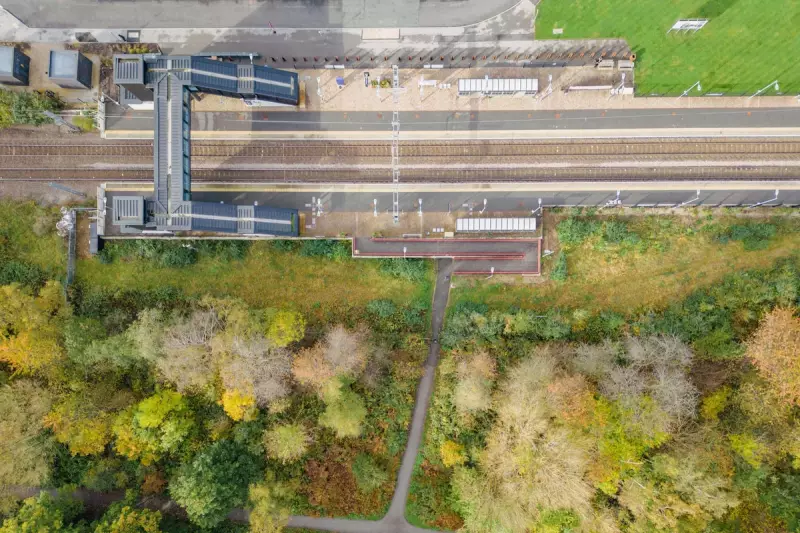
London's most celebrated railway stations are teetering on the brink of a capacity crisis, with passenger numbers dramatically exceeding their original design specifications. According to alarming new evidence presented to Parliament's Transport Select Committee, the capital's key transport hubs are operating under strain that threatens both passenger experience and operational efficiency.
The Stations Pushed Beyond Their Limits
King's Cross station, originally built to accommodate approximately 20 million passengers annually, now welcomes a staggering 35 million travellers each year. Similarly, its neighbour St Pancras International, designed for 15 million passengers, currently handles over 30 million – double its intended capacity.
This surge in passenger numbers isn't limited to these iconic terminals. Waterloo, London Bridge, and Victoria stations are all experiencing similar pressures, creating a perfect storm of congestion and operational challenges across London's rail network.
Parliamentary Warning Signals Urgent Need for Action
The Rail Delivery Group (RDG), representing train operators and Network Rail, delivered stark testimony to MPs, highlighting how these capacity constraints are already impacting services. The situation raises serious concerns about the network's ability to handle future growth and maintain the smooth operation that passengers expect.
Industry leaders emphasised that without significant infrastructure investment and strategic planning, London's rail terminals could become bottlenecks that undermine the entire national rail network's efficiency.
Looking Beyond Immediate Solutions
While short-term measures are being implemented to manage passenger flow, transport experts argue that more radical thinking is required. This includes considering:
- Major redevelopment of existing station layouts
- Enhanced digital technology to improve passenger management
- Better integration with other transport modes
- Potential development of new terminal capacity
The capacity crisis at London's railway stations represents both a challenge and an opportunity – to reimagine how Britain's rail infrastructure can meet the demands of the 21st century while preserving the architectural heritage that makes these stations landmarks in their own right.




